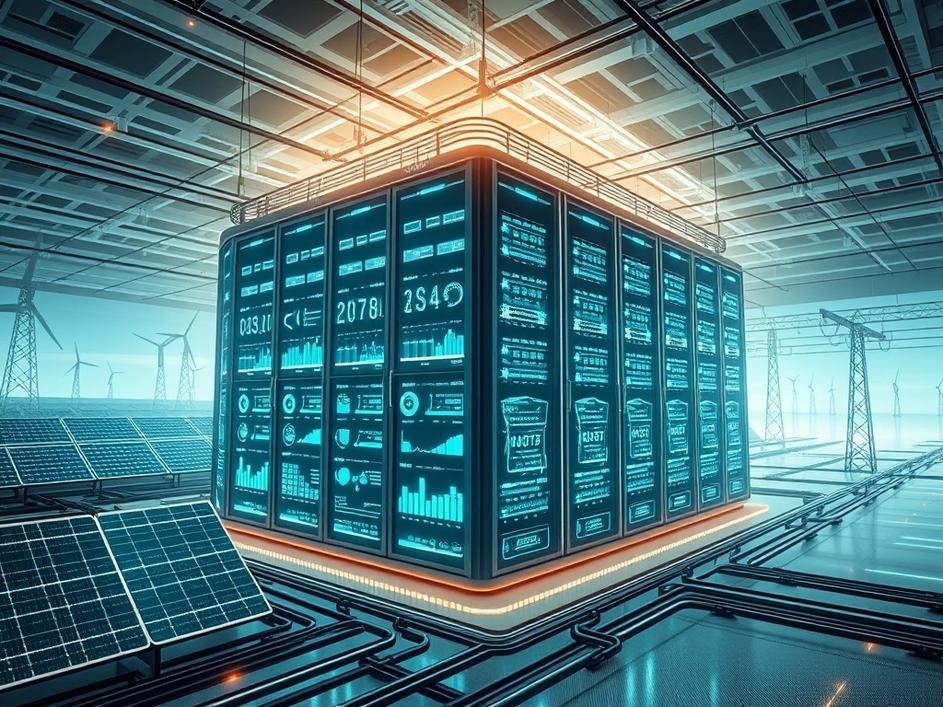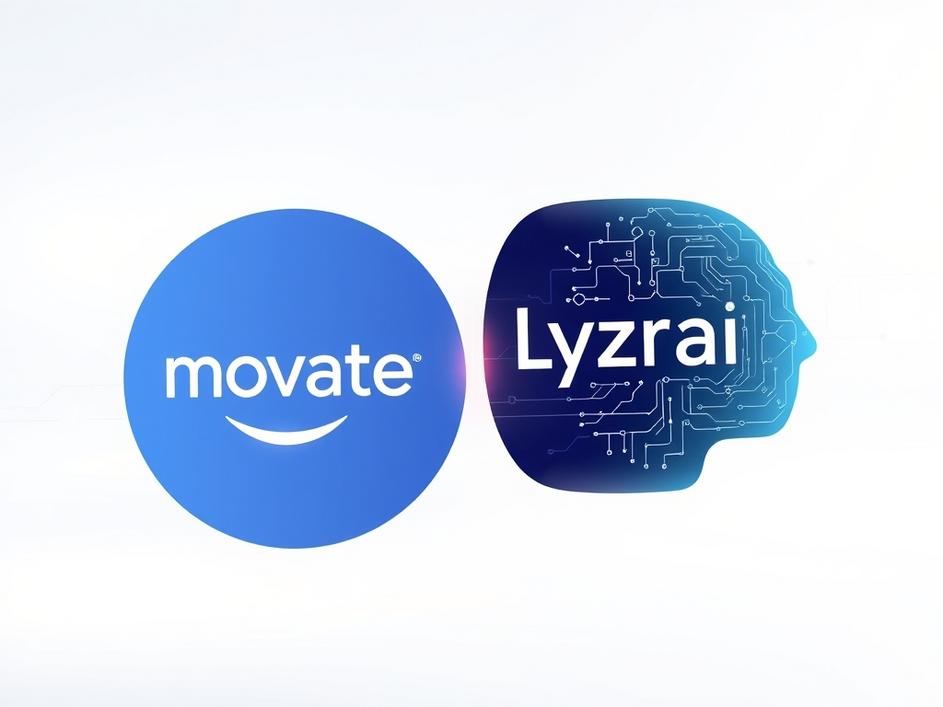


We are a digital agency helping businesses develop immersive, engaging, and user-focused web, app, and software solutions.
2310 Mira Vista Ave
Montrose, CA 91020
2500+ reviews based on client feedback

Artificial intelligence is everywhere, doing truly amazing things. But there’s a hidden cost to all that brilliance: electricity. Lots of it. Think about the massive computers running day and night, learning, thinking, and creating. They suck up huge amounts of power. This isn’t just a small problem; it’s a big hurdle for how fast AI can grow and how we manage our world’s energy. This is why a recent announcement from NVIDIA, Emerald AI, and several other major partners is so important. They’re teaming up to completely rethink how AI gets its power, talking about building something called a “Power-Flexible AI Factory” that could free up a massive 100 gigawatts of grid capacity. That’s a huge amount of energy, and it could mean big changes for both AI and our power grids.
What's Included?
ToggleIt’s no secret that artificial intelligence needs a lot of juice. Every time you ask a sophisticated AI a question, or when a company uses AI to design new products, powerful computer systems are working hard in huge data centers. These places are packed with servers, and each server needs constant electricity to run and stay cool. As AI gets smarter and more complex, it needs even more computing power, and that means more energy. This isn’t just about keeping the lights on; it’s about the sheer scale. We’re talking about energy demands that rival small cities, and these demands are growing faster than our current power grids can easily handle. If we want AI to keep moving forward, we have to find smarter ways to feed its energy needs without straining our existing infrastructure or relying solely on traditional power sources. It’s a problem that requires fresh thinking and big solutions.
Solving a problem this big needs a lot of different experts. That’s exactly what’s happening here. NVIDIA, a company practically synonymous with the kind of computing power AI thrives on, is a key player. They make the chips that do the heavy lifting for AI. Then there’s Emerald AI, likely a specialist in making AI systems work efficiently. But it’s not just tech companies. We also have EPRI, which is the Electric Power Research Institute – they’re all about figuring out how to make electricity better and more reliable. Digital Realty handles the massive data centers where these AI systems live. And PJM, one of the biggest power grid operators in North America, manages the actual flow of electricity to millions of people. Think about it: you have the people who make AI, the people who build the places for AI, and the people who literally deliver the power. Putting all these minds together means they can look at the entire problem, from the tiny circuit board to the vast power lines, and come up with solutions that work for everyone involved.
The core of this new plan is something called a “Power-Flexible AI Factory.” This isn’t just a fancy name for a bigger data center. It’s about designing AI facilities that are much smarter about how and when they use power. Imagine a data center that doesn’t just pull power constantly, but can adjust its usage based on what’s available on the grid. Maybe it can ramp down operations a bit during peak demand hours, or ramp up when there’s an abundance of renewable energy like solar or wind. Perhaps it integrates its own battery storage, or works with local power sources. The idea is to make these AI operations more like active participants in the energy grid, rather than just passive consumers. By doing this, they can use energy more efficiently, reduce stress on the main power lines, and potentially even help stabilize the grid by offering flexibility. It’s a major shift from the traditional “always on, maximum power” model that most industrial-scale operations follow. This kind of flexibility is crucial for handling the immense power needs of advanced AI without causing blackouts or demanding huge, immediate expansions of grid infrastructure.
When they talk about “unlocking 100 gigawatts of grid capacity,” that’s a number so big it’s hard to grasp. To put it simply, a gigawatt is a massive amount of power – enough to power hundreds of thousands of homes. So, 100 gigawatts? That’s roughly the total power output of about 100 large nuclear power plants, or enough to power tens of millions of homes. It’s like finding a way to essentially add the power supply of a large country to the existing grid, just by making AI’s energy usage smarter. This isn’t about building 100 new power plants; it’s about making the entire system work better together. By reducing the peak demand and making AI operations more adaptable, they are essentially freeing up capacity that was either being wasted, inefficiently used, or would have required massive and expensive new power generation projects. This kind of capacity can then be used for other industries, for expanding residential needs, or for further AI development without creating grid instability. It shows the incredible potential of intelligent energy management.
This partnership and the idea of a “Power-Flexible AI Factory” isn’t just about powering AI; it’s a blueprint for how all large-scale energy consumers might operate in the future. As our world becomes more electric, with more electric cars, smart homes, and industrial automation, the demand on our grids will only grow. Projects like this show that we don’t always need to build more power plants to meet demand. Sometimes, the answer lies in being smarter about how we use the power we already have. This push for flexibility in AI’s power usage could inspire other sectors to adopt similar strategies. Imagine factories that adjust their schedules based on renewable energy availability, or entire cities that dynamically manage their power consumption. It brings a new level of sophistication to energy management, moving us towards a more resilient, efficient, and potentially greener energy future. It also highlights a critical point: the continued advancement of AI is deeply tied to our ability to sustainably power it. Without these kinds of innovations, the very technology we hope will solve many of our problems could become a major energy problem itself.
So, this announcement from NVIDIA, Emerald AI, and their partners is a really big deal. It’s not just another tech headline; it’s a foundational step for the future. By focusing on smart, flexible energy solutions for AI, they’re not only ensuring that artificial intelligence can keep growing and evolving, but they’re also showing the way forward for how we all might interact with our power grids in the years to come. It’s a reminder that big challenges, like powering a global AI revolution, often require clever partnerships and completely new ways of thinking about old problems. This move could set the standard for how we integrate high-demand technologies into our world, making sure our bright, intelligent future doesn’t come at the cost of a strained and unstable energy supply.



Leave a reply